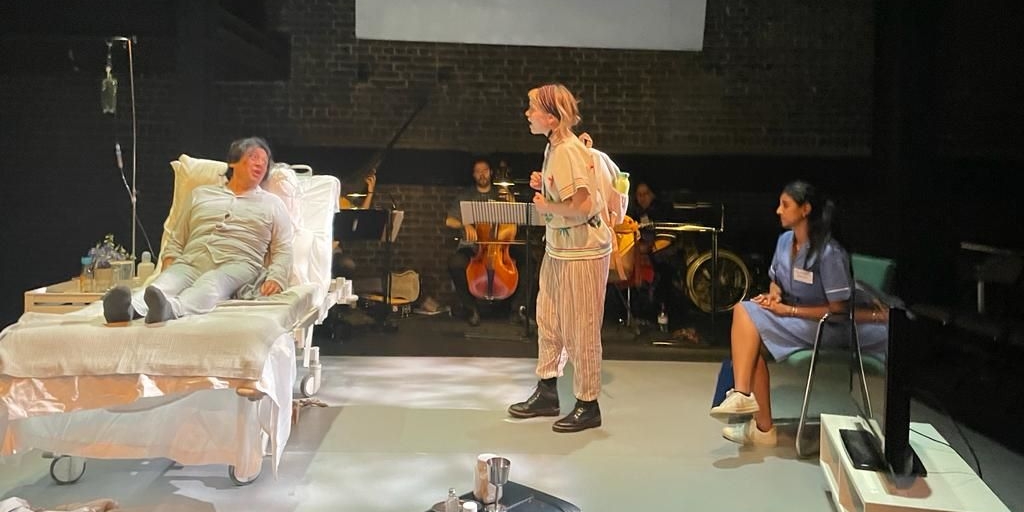Because we now no longer know key events in Western history, we need to be sign-posted. Galleries identify the pantheon of Greek and Roman gods for us and tell us, in picture after picture, the narrative of the Christ.
‘Loyola’ opens with a short film telling us who Ignatius Loyola was: one of the six founder members of the Jesuit order, one of the most powerful Catholic orders in the world. We are offered opposing views of the Christian and particularly Jesuit role in colonization. A real or perhaps stage professor (his voice often, deliberately, it seems, overcast by the music) speaks on behalf of the Christian mission and an Argentinian speaks of the Jesuit’s assailing and destruction of his world.
We are introduced too to the composer, Zipoli, a Jesuit missionary (not a good one, we are told) who served in Argentina and who intertwined Western Baroque and indigenous Argentinian music. He was a student of Scarlatti, a composer for whom Mozart had great respect.
Meanwhile, we are all too aware of a pulsating man in a modern hospital bed who holds centre stage. Ignatius Loyloa is transposed to our time. He is dying and wants death to take him so he can be returned to his Lord. Behind Loyola are a coterie of three musicians who begin to play. The music is enticing, dulcet. One of the three spins wooden instruments over Loyola as if warding off evil. Loyola (Rafale Montero) begins to sing, and I am ready to accept that this is a style of operatic singing I am unfamiliar and that what I am about to say is therefore unfair. Even though this is a man deeply aware of the mortal peril of his soul, the voice and style do not move me. I wait for range. And I wait.
And it is this choice, of setting the opera in a hospital room with the lead singer dying, that is perhaps at the heart of this production’s problem. As a dying man, Loyola/Montero is restricted to a limited palette of sound. As a man who is welcoming of death, he only has one emotional register. Ian Rickson made a similarly flawed decision when he set ‘Hamlet’ in a psychiatric ward. Without agency, there is no drama. As a true believer, Loyola has relinquished his agency and laid it before God. As an audience, we want to know the story that comes before this.
A nurse enters and though her voice is sweet, the singing is, within this context, at least, not remarkable. The doctor, Biraj Barjakaty, a countertenor, who sings in an almost falsetto voice, has, the most interesting range of the ensemble.
A white portly priest emerges, crucifix in hand. His touch makes Loyola, the doctor, and the nurse keel over. As a devil, he seems too comic to be a real threat.
We return to a cut off of the film.
The highlight of the evening is a duo between Francisco, Loyla’s son (played by Kate Smith) and the nurse ( Tara Venkatesan). Singing subtly done.
Beyond that, I found the opera and the production static, with no drama in the music, the storytelling, or the singing.
In the film, the presenter tells us that Zipoli’s opera, as well as being employed in Christian liturgies has been taken on by Argentinians who have made it their own. That is the music I would have liked to have heard.

